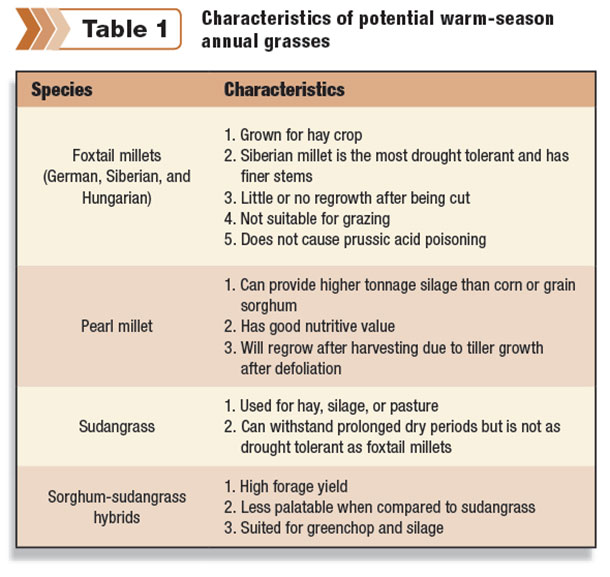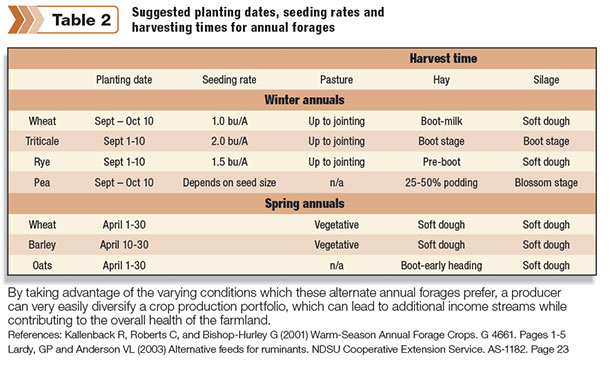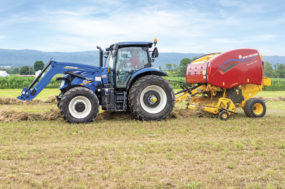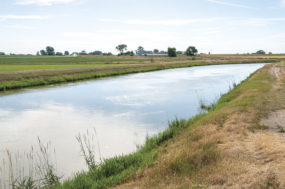Crop rotations may benefit from high-yielding forages that are harvested as silage or hay and marketed to livestock producers. Traditionally, producers have focused on a few common crops for forage and silage production, such as corn and alfalfa, and for good reason.
Corn grown for silage will produce more energy per acre than any other crop. Alfalfa makes an excellent high-quality forage, especially for dairy rations or as a protein source.

Producers may also consider some other less-utilized crops for use as forages that can easily be worked into a “corn-beans-something else” crop rotation. The winter annuals work well as a fall-seeded cover crop in the Northern Plains.
These alternate annual forages may be appropriate for planting in less productive fields that won’t respond well to the higher inputs needed for cash grain crops. Should unfavorable weather restrict the growing season, these forages can also work well as an emergency or rescue crop.
It is important to note that as these alternate annual forages mature, their nutritional value decreases; therefore, it is important that producers plan planting and harvest times when plants should be at their optimum for nutritional value.
For example, many small-grain forages, when harvested in the pre-boot stage, have about 20 protein crude protein, 40 protein neutral detergent fiber (NDF), 30 protein acid detergent fiber (ADF) and around 80 protein in vitro digestibility.
Those values are similar to corn silage but with a higher crude protein content. Total dry matter yields for alternate annual grains are higher than 2.5 tons per acre, which is lower than expected from corn silage.

However, if planned and timed right, these crops can work well as a second crop or can be a valid alternative for a long-term crop rotation plan.
By taking advantage of the varying conditions which these alternate annual forages prefer, a producer can very easily diversify a crop production portfolio, which can lead to additional income streams while contributing to the overall health of their farmland.
References omitted due to space but are available upon request. Click here to email en editor.










